I get by with a little help from my friends
A few months ago, the Department of Veteran’s Affairs hospital in Philadelphia contacted me out of the blue and asked me if I wanted to participate in a study. I was in the middle of writing a paper so I wasn’t that interested at first. However, the pitch was that I would be helping them investigate some key health issues. I was an ideal candidate for them because I’m relatively healthy and had some “combat exposure” (no hero stuff here, just a few rockets and IEDs). I wound up volunteering for a fairly lengthy experiment that included two overnight sleep studies, an fMRI task, multiple blood draws, a battery of surveys, a task where you got intermittent shocks (you got to set the setting), and a two-week long experience sampling survey. I did get my brain scanned as part of this study and right around the time that my study as wrapping up, my friend Chris who is in the cognitive neuroscience side of our department (they look at brains and do “real” science) got his own brain 3D printed based on a scan. He told me that he could do the same for me if I got my MRI data from the VA. Man I was really excited. I filled out some paperwork at the VA to get my data released and a few days later I had a DVD in my hand that had scans of my brain.
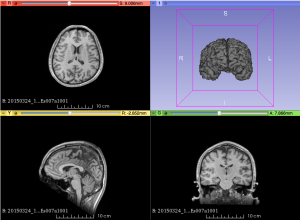
Brain Magic
So I have to say, the next part of this was a bit magical to me. Chris took the DICOM files that were on the DVD and using a program that stitches the images together, reconstructed a 3D model of my brain. I downloaded the program 3D Slicer and loaded up the files that Chris sent me, the stitched together MRI images, and two 3D models, one of each hemisphere. Pretty soon I was looking at my brain on my computer. Very cool!
Ivory Brains for Ivory Towers
The next step came to 3D print the brain. There is actually a service online (here) that will 3D print your brain for you and quite a few sets of instructions on how to do it yourself (here and here). I had no idea it was a thing until Chris told me about it. Some of these services are quite expensive. Luckily, Penn has its own 3D printing lab inside the biomedical library. The Penn library charges $1 an hour for printing (a steal!) and so I got a 2/3 scale model of my brain printed out. The total price was $21. I could have gotten a life-size model for about $142 ($71 per hemisphere). That seemed a bit steep. Check out the results below! I guess you’re not a real psychology student until you’ve had your brain 3D printed. I’m really pleased with the results and have to thank Chris for all his help. Although I have no idea what I’ll do if I lose my mind. OK I’ll see myself out now.
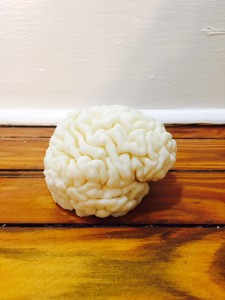
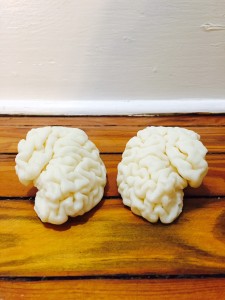
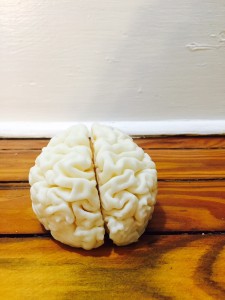
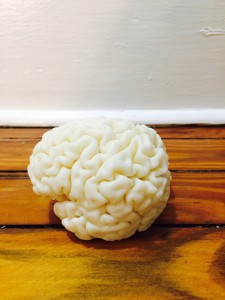
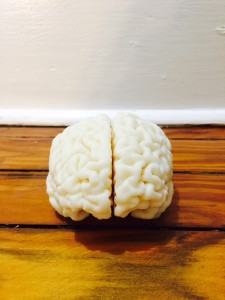
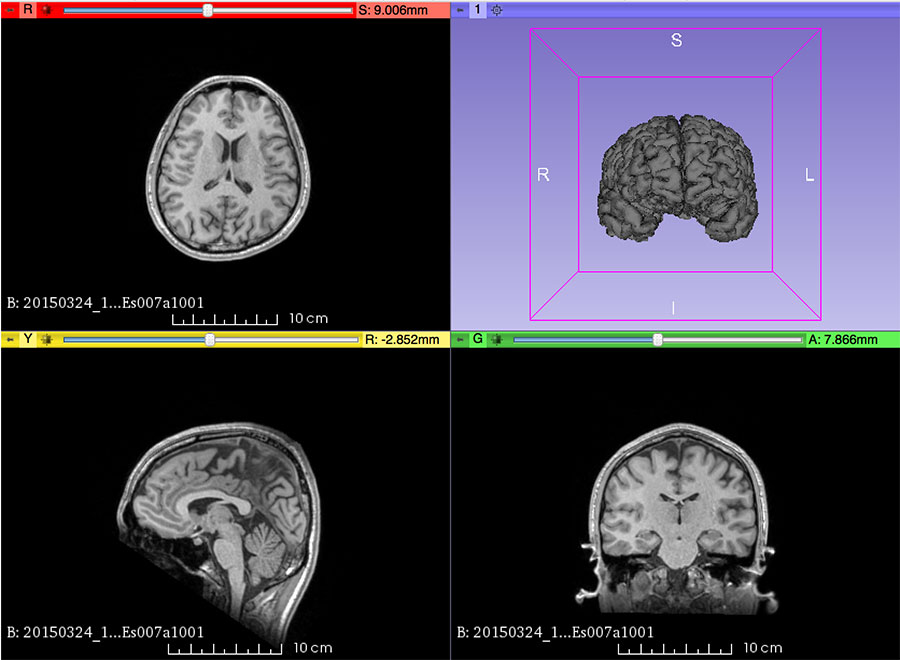
what a cute little brain!
This is geeking me out! Love you participated in the study and what amazing “one of a kind” paper weights. So jealous right now!